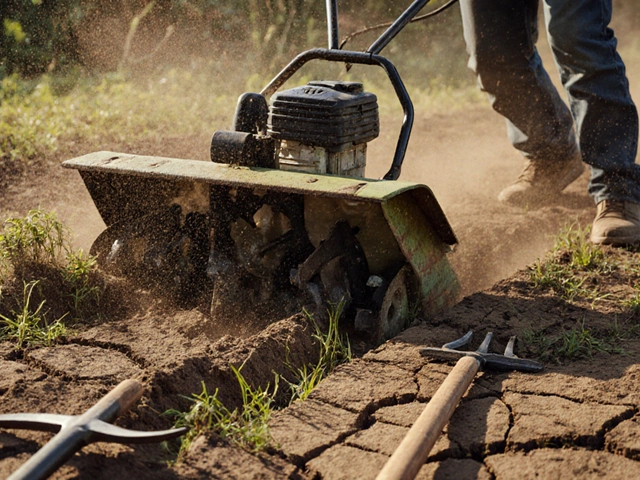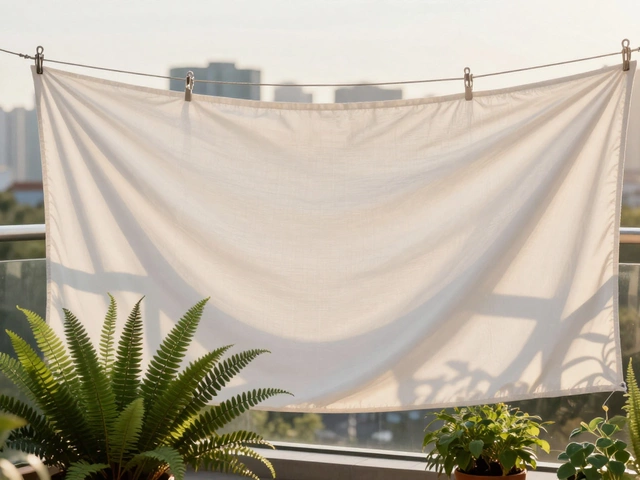Best Houseplant Guide: Top Picks and Simple Care Tips
If you’re wondering which houseplant will survive your busy schedule, you’re not alone. Most beginners pick a plant that looks pretty, then panic when the leaves start to droop. The good news? A few hardy varieties need almost no fuss, and you can keep them thriving with just a few smart habits.
Choosing the Right Houseplant
Start with a plant that matches the light you have. A sunny windowsill is perfect for succulents, cactus, or a fiddle‑leaf fig. If your space is dim, go for a snake plant, pothos, or ZZ plant – they grow well in low light and can handle occasional forgetful watering.
Another quick filter is tolerance to dry air. Many Indian homes use air‑conditioners or fans, which can dry out foliage. ZZ plants and Sansevieria are practically desert‑ready, while ferns love humidity and need a bathroom or a misting routine.
Keeping Your Houseplant Happy
Watering is the biggest minefield. The rule of thumb is to feel the top inch of soil – if it’s dry, water; if it’s still damp, wait. Over‑watering kills more plants than under‑watering. For potting mixes that hold water, use a saucer and empty excess after five minutes.
Do you need to mist your houseplants? Only if the plant loves humidity, like ferns or peace lilies. A light spray once a day in winter can prevent brown leaf tips, but most indoor plants are fine without misting. For those that do need extra moisture, a pebble tray with water works well.
Light isn’t just about sunshine; it’s also about direction. South‑facing windows give the strongest light, east and west provide moderate light, and north is the weakest. Rotate your pot every week so all sides get even exposure and avoid a lopsided growth pattern.
Feeding your plant can boost growth, but you don’t need to do it every month. A balanced liquid fertilizer diluted to half strength once in spring and once in summer is enough for most houseplants. Skip feeding in winter when growth naturally slows.
Finally, keep an eye on common signs of distress. Yellow leaves often mean too much water, while brown tips suggest dry air or low humidity. If leaves start to curl, the plant is probably thirsty. By learning these simple cues, you’ll stop guessing and start acting.
Want more details? Check out our articles on indoor plant care, watering tricks, and whether misting really helps. They break down each step with easy‑to‑follow tips that fit any Indian home.
Choosing a houseplant that fits your space and lifestyle, then giving it the right light, water, and occasional mist, will turn any corner into a green oasis. No need for fancy tools – just a little attention and the right plant, and you’ll enjoy fresh air and a burst of color year‑round.
Best Houseplants for Beginners and Enthusiasts: Top Choices for Every Space
Looking for the best houseplant? Explore top picks for every skill level, facts, and tips to help you choose and care for the perfect indoor plant.
About
Home and Garden
Latest Posts


Drip Irrigation: Why Isn’t Everyone Using This Efficient Watering System?
By Alden Thorne Aug 6, 2025

Hardest Flower to Grow: Top Challenge for Indian Gardeners
By Alden Thorne Jun 5, 2025

Vegetables That Grow Well Next to Each Other: Smart Pairings for a Healthy Garden
By Alden Thorne May 13, 2025

